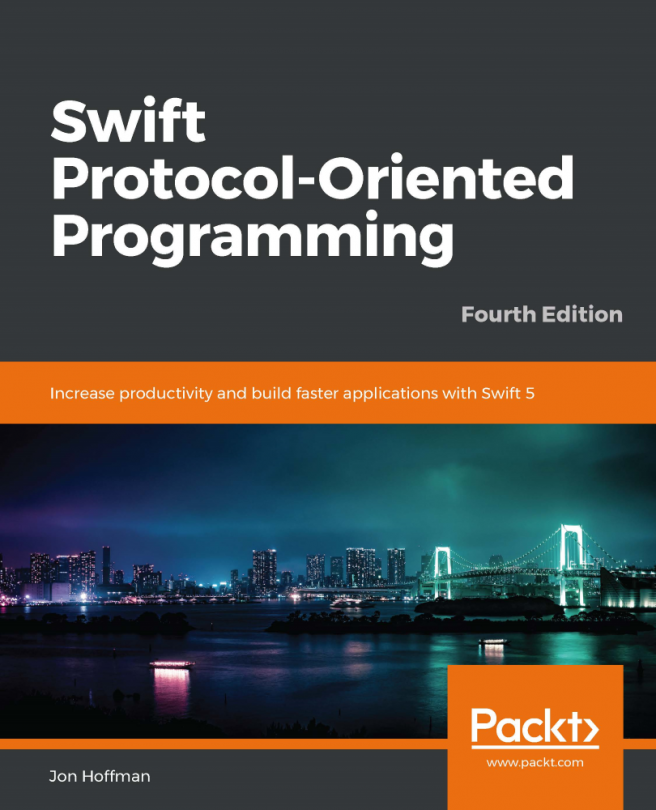Constants and variables
Constants and variables associate an identifier (such as myName or currentTemperature) with a value of a particular type (such as String or Int), where the identifier can be used to retrieve and set the value. The difference between a constant and variable is that a variable can be updated or changed, whereas a constant cannot be changed once a value is assigned to it.
Constants are good for defining values that you know will never change, such as the freezing temperature of water or the speed of light. Constants are also good for defining a value that we use many times throughout our application, such as a standard font size or a character limit in a buffer. There will be numerous examples of constants throughout this book.
Variables tend to be more common in software development than constants; however, this is mainly because developers tend to prefer variables to constants. In Swift, we receive a warning if we declare a variable that is never changed. We can make...



































































